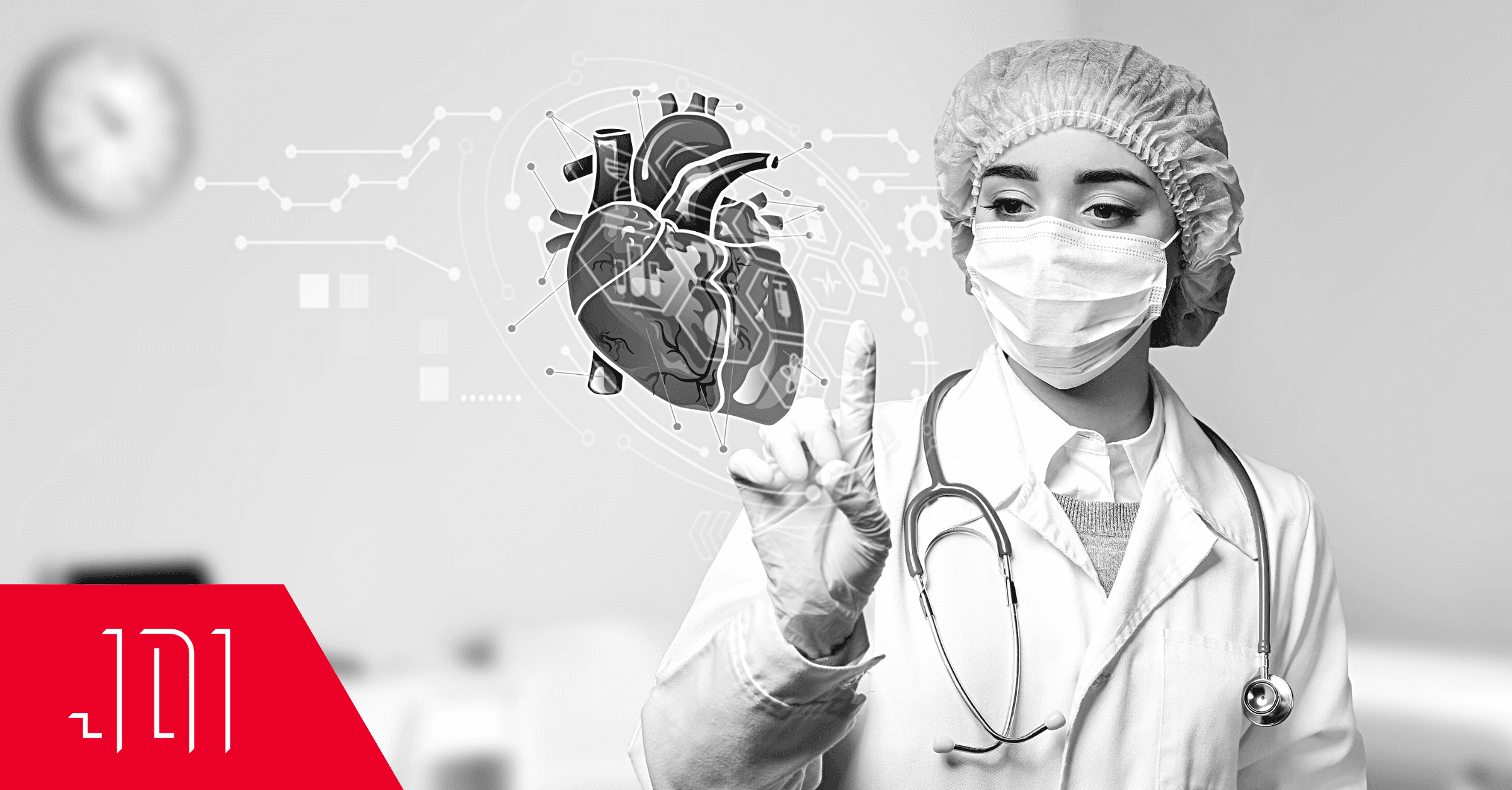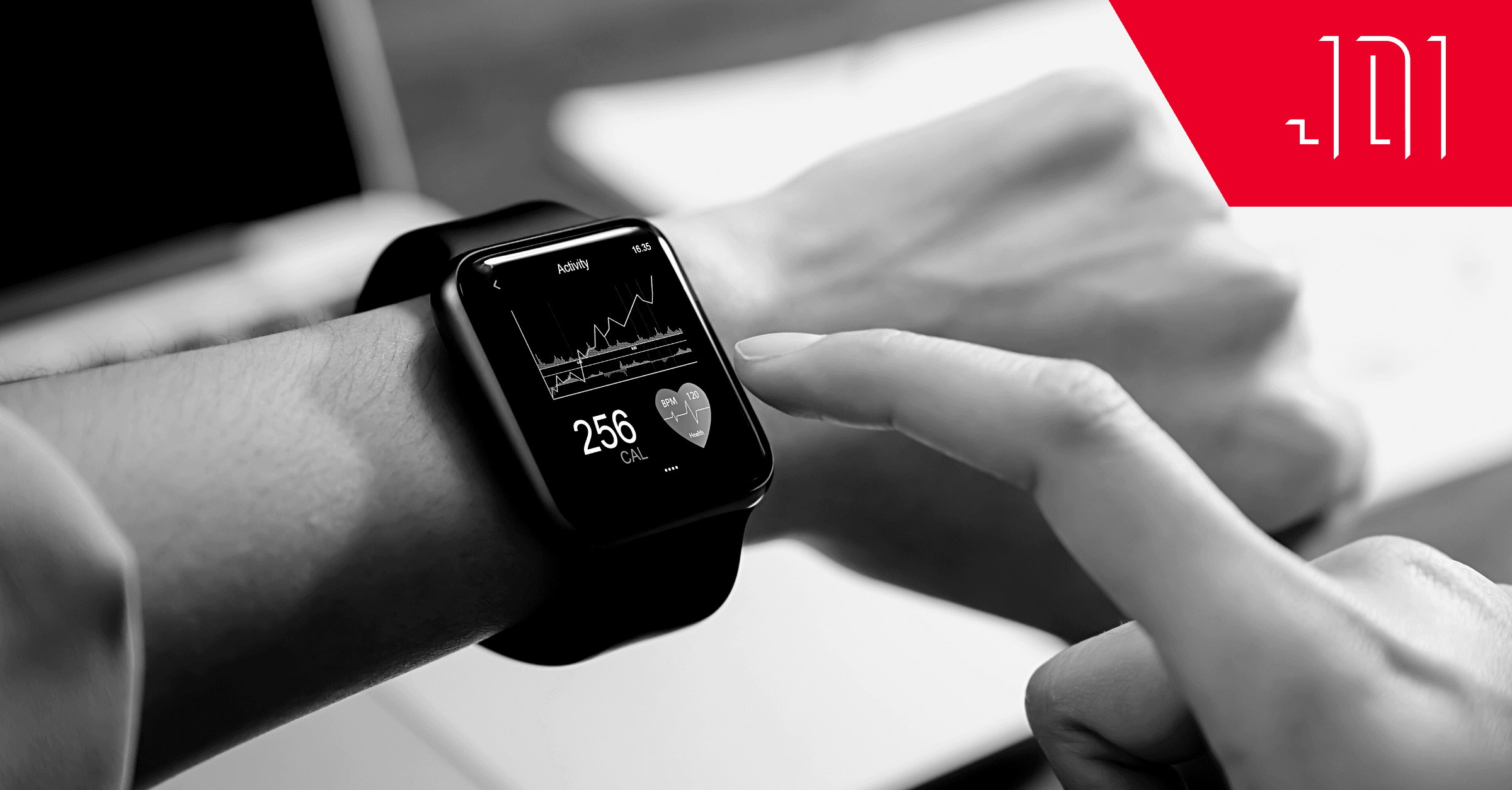Digital Twins Are Our Best Weapons Against Chronic Disease
Perhaps there is no better parallel for the current state of healthcare than the myth of Sisyphus. In this ancient Greek story, Sisyphus is trapped in an endless cycle of rolling a boulder uphill. His unending endeavor never brings the satisfaction of reaching the summit. Likewise, healthcare has undergone a shift from curing diseases to perpetual disease management. Those suffering with chronic illness are caught in a healthcare system that often feels akin to an eternal loop with no clear way out.
Is it possible for healthcare to move beyond merely managing disease to finding lasting solutions? For Americans coping with a chronic illness, the urgency is undeniable.
Nearly half of the US population grapples with the burden of chronic disease, struggling to find effective treatments and enduring the crushing weight of its economic impact. In the United States, a staggering 62% of bankruptcies are directly linked to the overwhelming burden of medical costs. To pay their mounting medical and hospital bills, people often turn to crowdfunding to pay for their medical bills, but only 12% of these succeed.
Those suffering from chronic diseases have had enough, and so too has the overworked US healthcare system. There needs to be a transformative approach to the way we see chronic diseases, and we don’t get there by eking out percentage points on treatment strategies. We need to look to powerful tools and approaches to getting patients cured and out of the system.
With the rise of wearables and the improvement in sensor technology, the digital twin emerges as a possible solution to this crisis. We now have the ability to collect continuous, longitudinal data and insights from multiple sources in the body. Because we have increased the frequency and resolution of data, we can now tell in real-time what is happening to our bodies at various stages of our lives and illness.
Embracing digital twins as a powerful tool to gather real-time data about the human body could hold the key to not just managing but ultimately defeating chronic disease, shaping a healthier, thriving future for all.
More Than an Avatar
Digital twins, as a concept, are often misunderstood as digital avatars in a video game or the metaverse. More accurately, digital twins are virtual representations of a physical object or process. Real-time data from sensors help simulate the behavior and monitor the operations of the object. Air traffic controllers, for example, use digital twin technology to monitor the flightpath of an aircraft and those around it. This technology traces its origins back to NASA's use in the 1960s, where spacecraft and simulators were employed to ensure safety and monitor operations.
The adoption of digital twins has become standard across various industries. For instance, Microsoft Azure Industrial IoT facilitates real-time anomaly detection on conveyor belts in factories, optimizing performance without massive disruptions. Unilever is also developing digital twins for its factories. Data streams originate from machines that are embedded with sensors that are then harnessed to construct digital counterparts. These virtual representations monitor tangible conditions within the physical environment, and facilitate the experimentation of operational adjustments and optimization.
Today, digital twins are running in overdrive — with many times the touchpoints, sensing capabilities, and compute power. On top of this, machine learning and AI are the new industry standard, unlocking the insights faster than ever. Ultimately, a digital twin lets you know a system inside and out, making problem-solving and optimizing as easy as can be. Why not take this approach to the human body?
The Elephant in the Room
Before we dig into some leaders in the field of digital twins, and their potential to reshape healthcare and combat chronic diseases, we need to address the lurking question: privacy. When it comes to gathering massive amounts of personal health data for these digital twin models, we can’t ignore the ethical and privacy concerns. These models need a good chunk of data from a lot of users to work their magic accurately, which raises questions about who actually owns this data, how consent plays into it, and what could happen if things get mishandled. One might even suggest that leaning heavily into digital twin technology could unknowingly put a price tag on our personal health info, risking our privacy and security along the way.
The United States was given a hard lesson when it comes to personal data from our browsing history, but healthcare can learn from it. By adopting a comprehensive data protection policy that empowers individuals with control over their data, we can at least begin to alleviate ownership and consent issues. Secondly, fostering a culture of transparency within healthcare and technology sectors, where organizations openly communicate data usage, storage, and security practices, could build trust among users. Finally, it is crucial that we implement robust data encryption and cybersecurity measures that can fortify the defense against mishandling and unauthorized access. Digital twins can be a powerful tool, but only if we safeguard ourselves against these very real concerns.
The Future is Digital
Bold initiatives, like President Biden's cancer moonshot, require vast amounts of data to propel research efforts forward. Digital twins, equipped with cutting-edge technology, provide a potent means of collecting critical brain and body data. Wearables and hearables emerge as essential tools in this quest to demystify human disease and illness.
Unlearn.AI, for example, creates digital twins for patients in clinical trials, replicating their characteristics through a combination of AI and data from past clinical trials. By simulating patient responses, Unlearn.AI aims to facilitate smaller and faster clinical studies, potentially improving efficiency and accuracy in research.
Current advancements in digitizing medical data and the increasing availability of wearable technology have paved the way for collecting vast amounts of data from our bodies. Companies like Lura Health and NextSense are already harnessing this potential to gather information about saliva and brain activity, respectively. While we may not have fully realized digital twins of the entire human body yet, the progress is promising.
With digital twins, doctors can access unprecedented situational intelligence, informing their treatment decisions with a wealth of data. Although this technology may not mark the end of all diseases, it could herald the defeat of untreatable illnesses and the elimination of uncertainty in disease management.
As we embrace the capabilities of digital twins and harness the potential of vast data, we inch closer to a future where chronic disease is no longer a relentless adversary. The path forward is paved with innovation, collaboration, and an unyielding determination to revolutionize healthcare for the better.





